Sound-letter association Worksheets for Ages 5-6
5 filtered results
-
From - To
Our Sound-Letter Association Worksheets for Ages 5-6 are specially designed to strengthen early literacy skills in young learners. These engaging activities help children connect sounds to their corresponding letters, enhancing phonemic awareness and laying the foundation for reading success. Through a variety of fun tasks like matching games, tracing, and coloring, kids are encouraged to explore the alphabet and develop critical language skills in an enjoyable manner. Perfect for classroom or home use, our worksheets support children as they build the essential skills needed for reading and writing. Nurture your child's love for learning today with our expert-crafted resources!
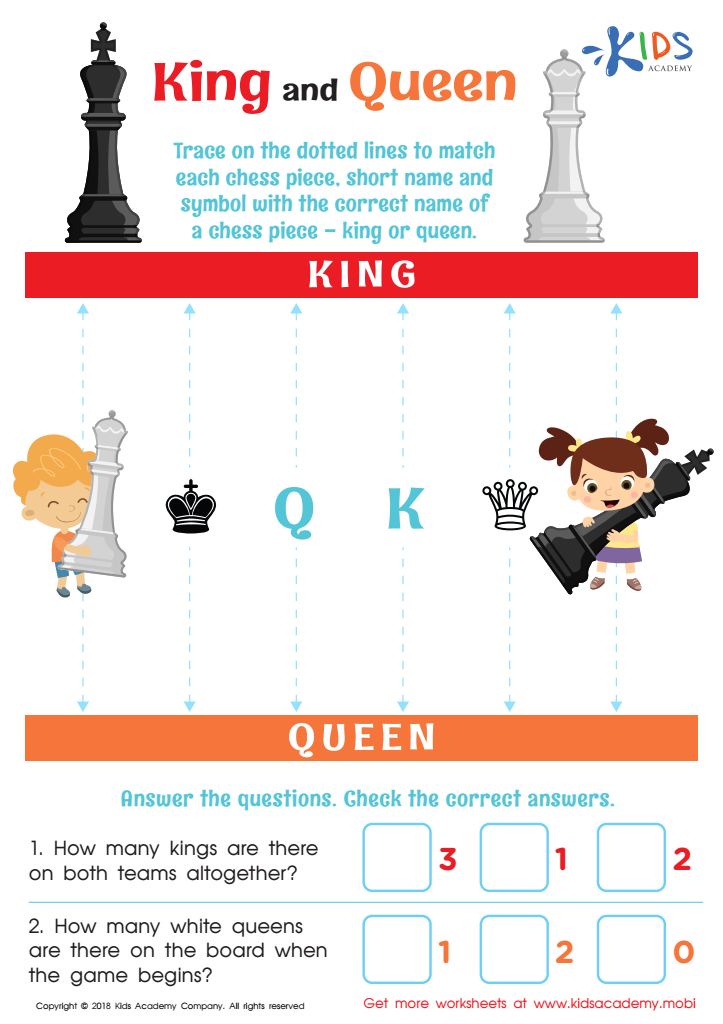

King and Queen Worksheet
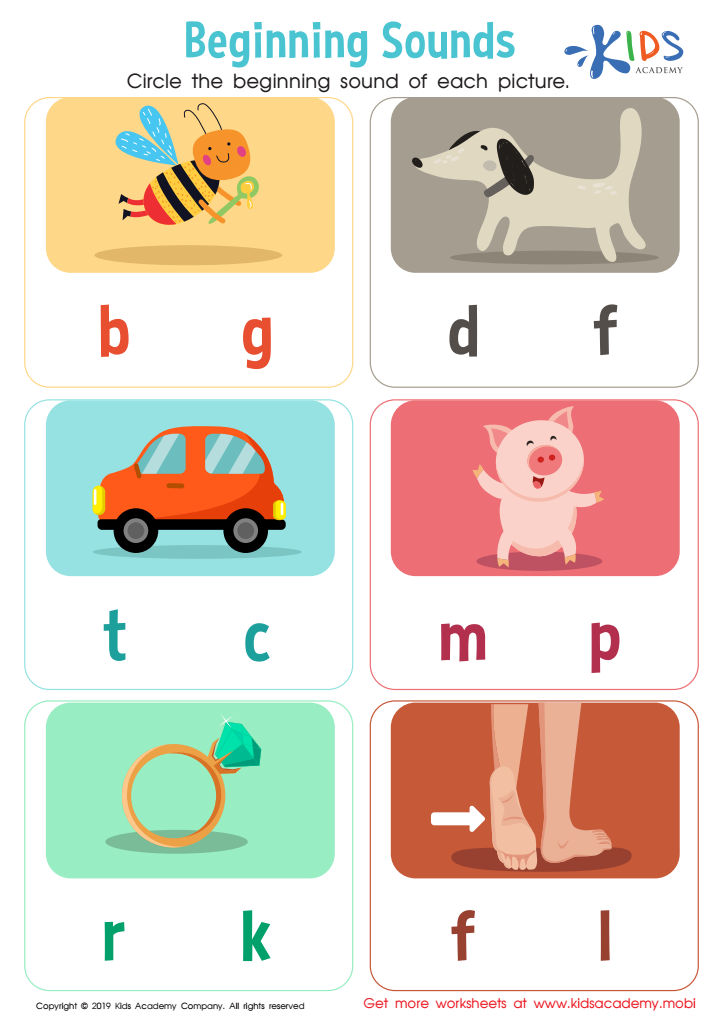

Beginning Sounds Worksheet
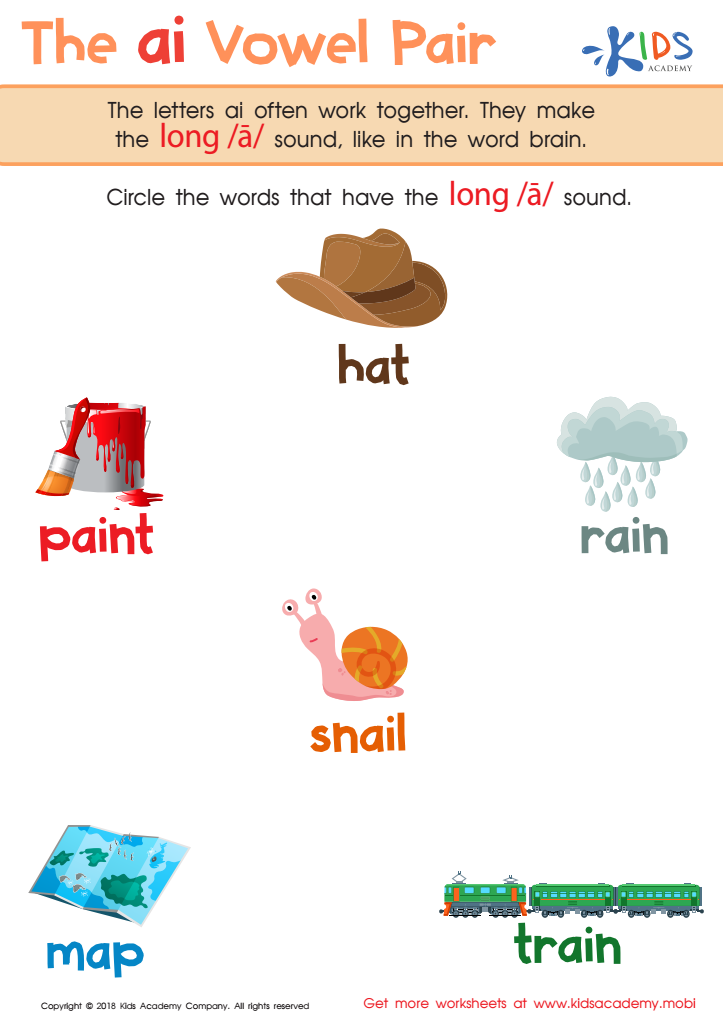

The AI Vowel Pair Worksheet
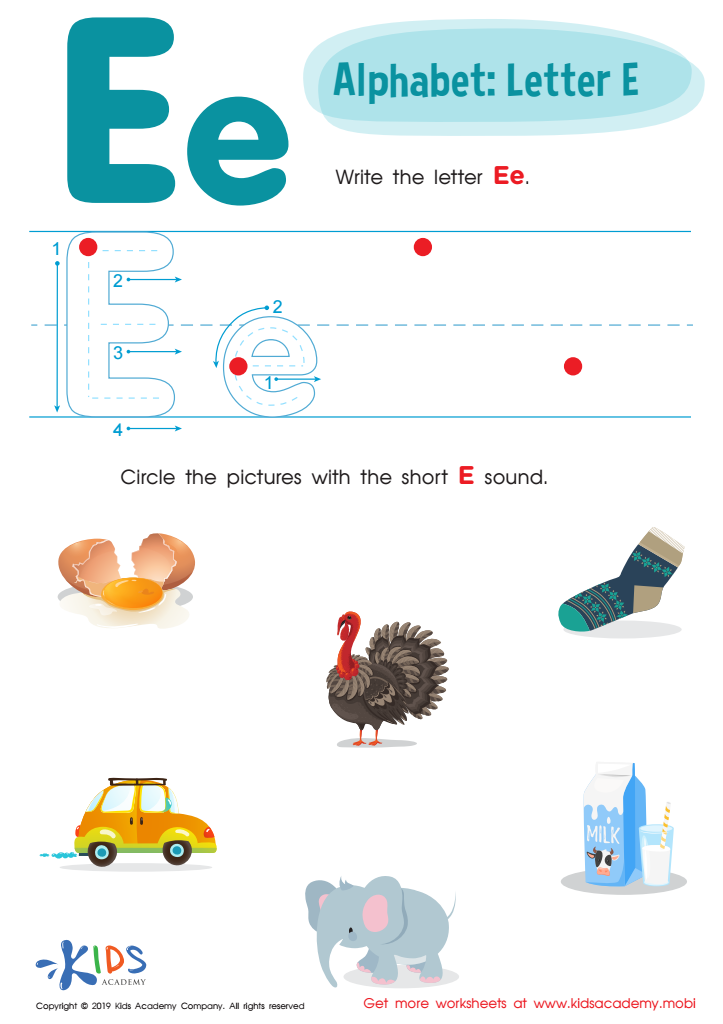

Letter E Tracing Worksheet
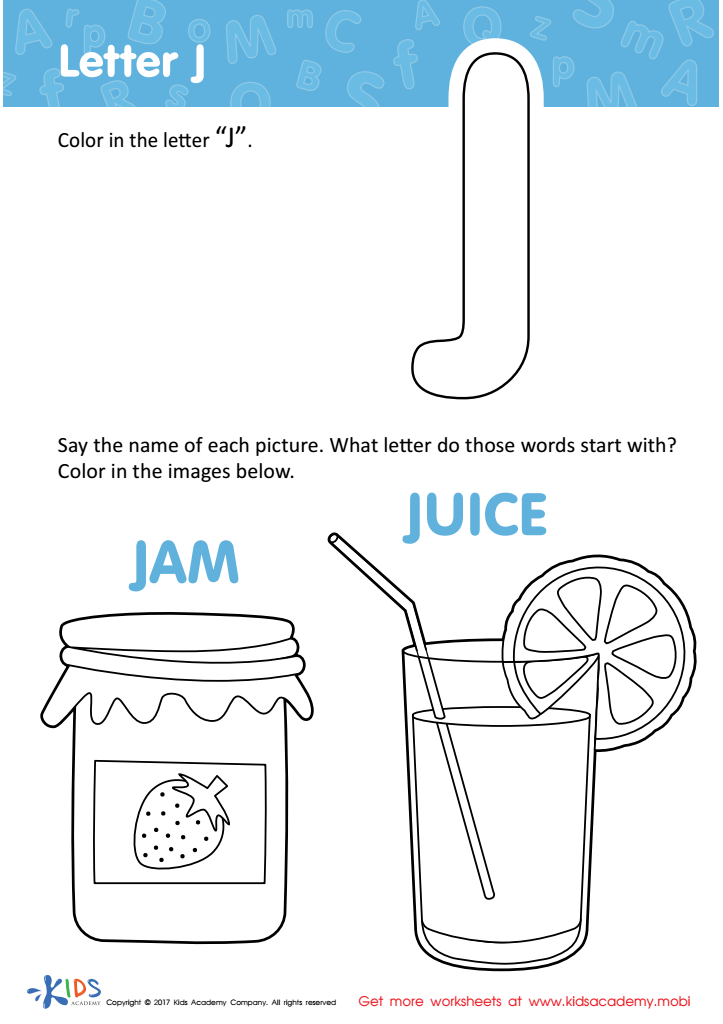

Letter J Coloring Sheet
Sound-letter association, often known as phonemic awareness or phonics, is an essential foundational skill for children aged 5-6 as they embark on their reading journey. This association refers to the ability to connect sounds (phonemes) with their corresponding letters (graphemes), a critical step in decoding words.
Understanding sound-letter associations equips children with the tools to decipher words independently. When kids grasp that individual letters and combinations of letters represent specific sounds, they can blend these to read words and segment them to spell. This self-reliance tremendously boosts their confidence and sets a strong reading foundation.
Moreover, early proficiency in phonics is closely linked to future reading success. Research indicates that children who struggle with these associations often face reading difficulties later. By investing time and resources in phonics, parents and teachers can help mitigate potential challenges, putting children on a path toward literacy.
For parents and teachers, fostering these skills builds a bridge from spoken language to reading and writing, ensuring children become proficient readers. Activities like reading aloud, playing phonics games, and engaging in letter-sound activities can make learning both effective and enjoyable. Ultimately, nurturing sound-letter associations during these formative years sustains a child's long-term academic growth and love for reading.

 Assign to My Students
Assign to My Students
















